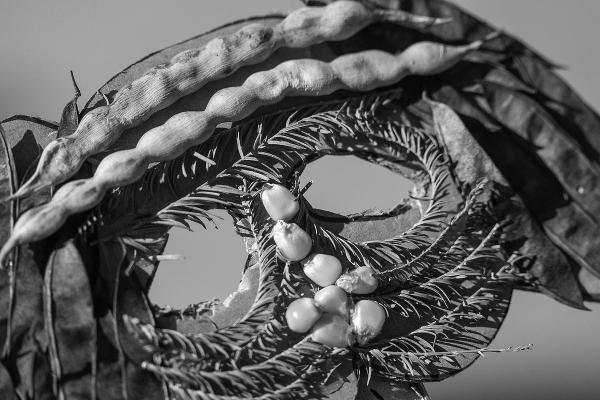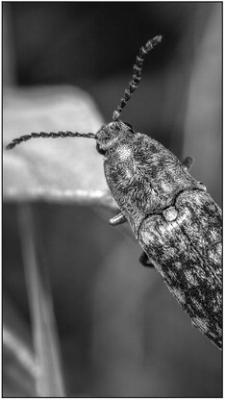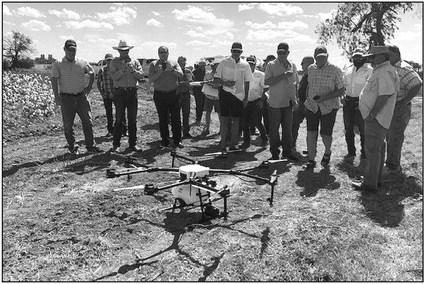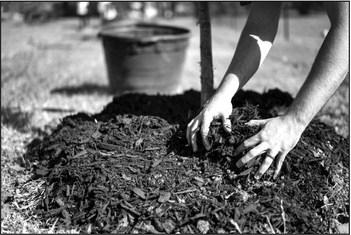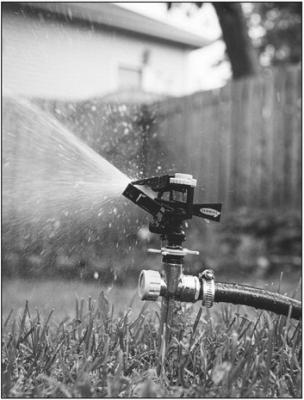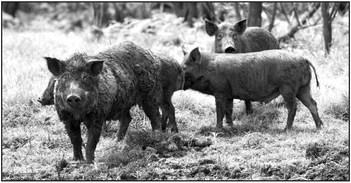Body
Twelve or so years ago, a local rancher brought in a small twig and had a question. He couldn’t figure out how the twig, had a girdling circle cut nearly all the way through it. Further examination confirmed the perfect girdling circle. Finally, someone with more experience recognized the damage being caused by a twig girdler beetle. They haven’t been a real problem since then until now. I’m currently losing 4-6 twigs a week, A twig girdler beetle (Oncideres pustulatus LeConte) is a small (.5”-.75”) beetle in our area that does its work during the August to October Time period. There are several girdlers named after the species they attack. In our area, however, the common name is used as the beetles like oak, pecan, hickory, hackberry, elm, honeylocust, dogwood, and other hardwood species.


